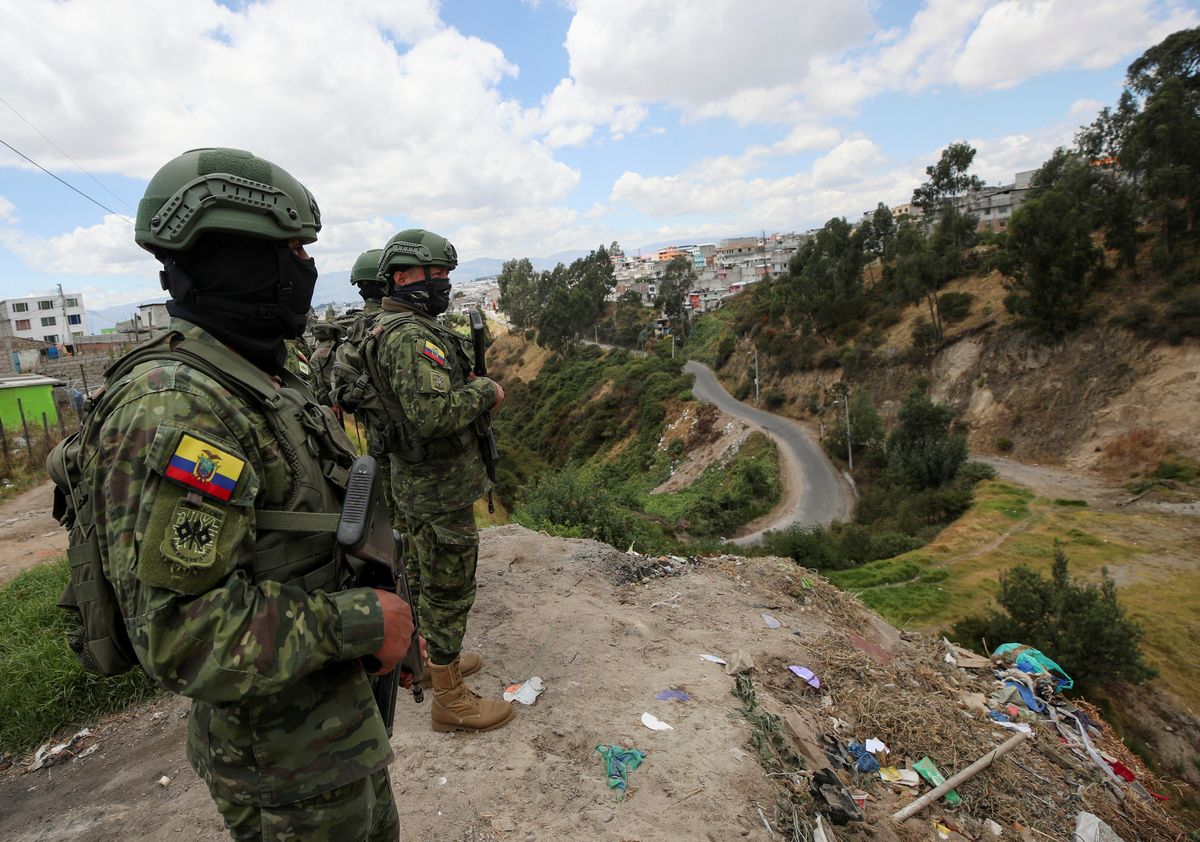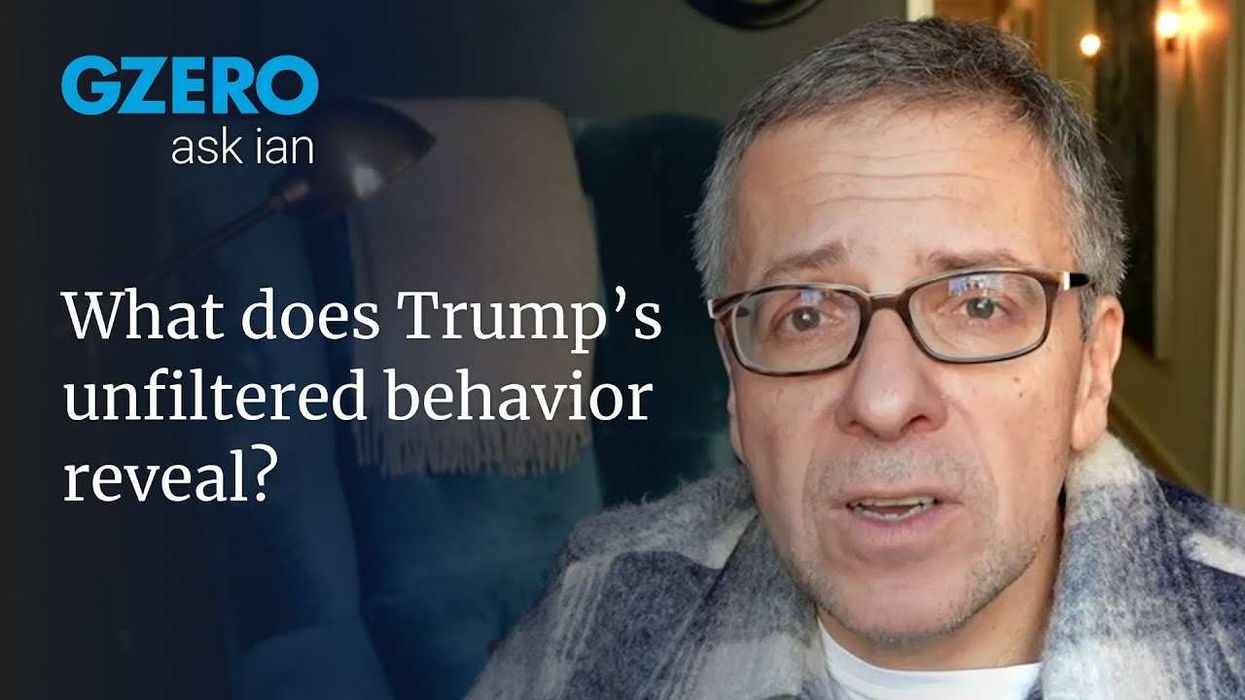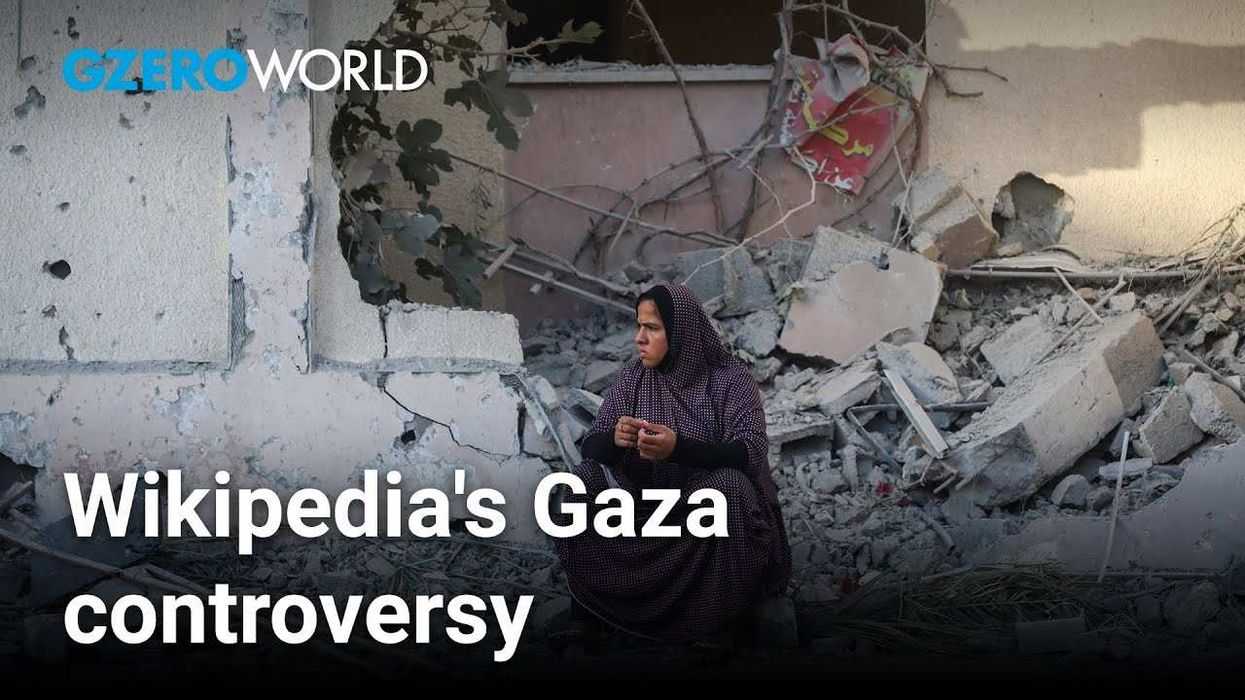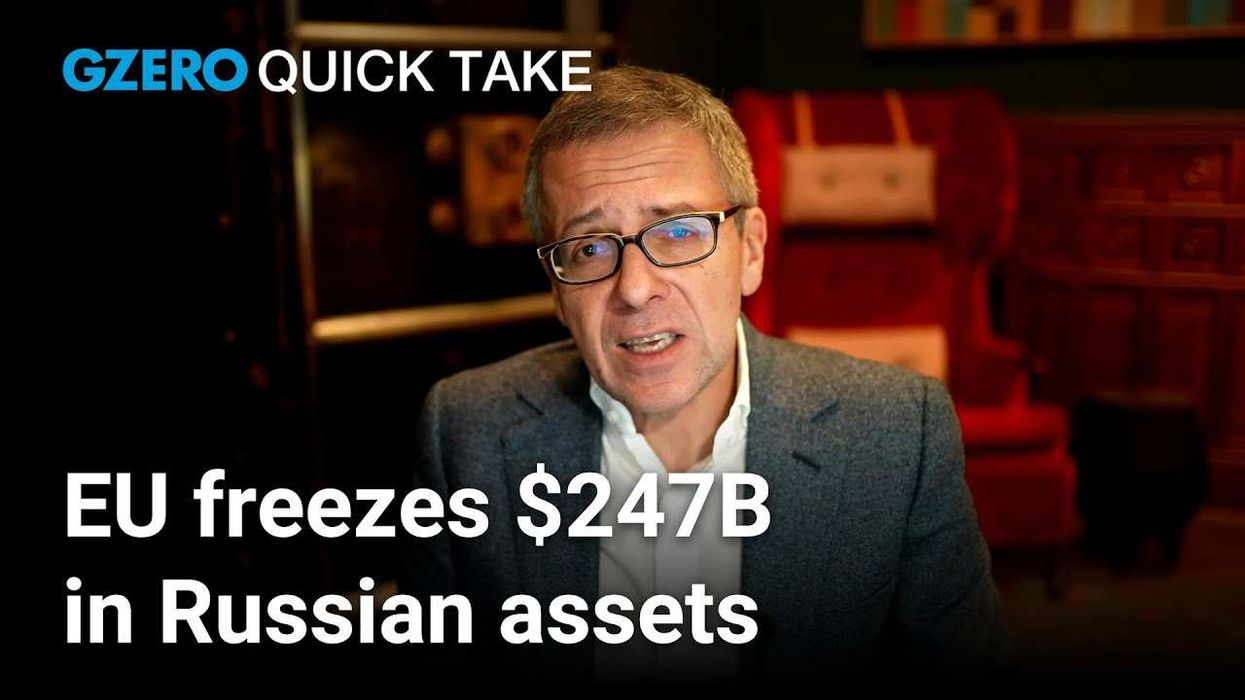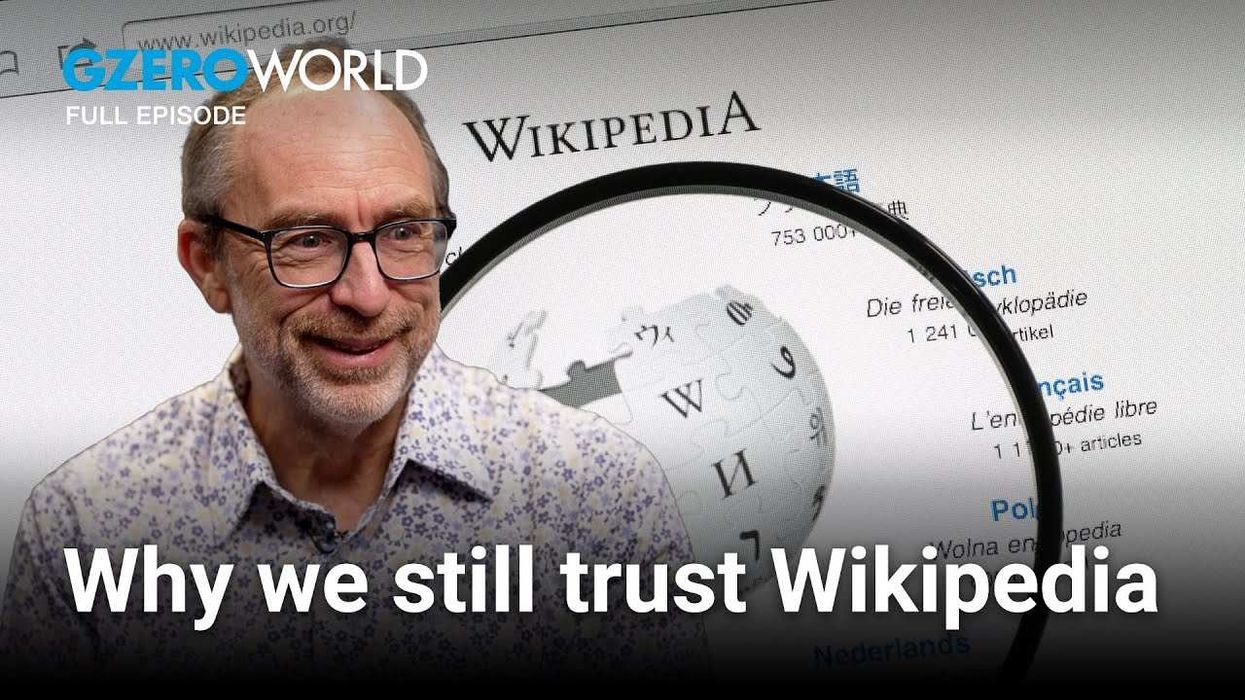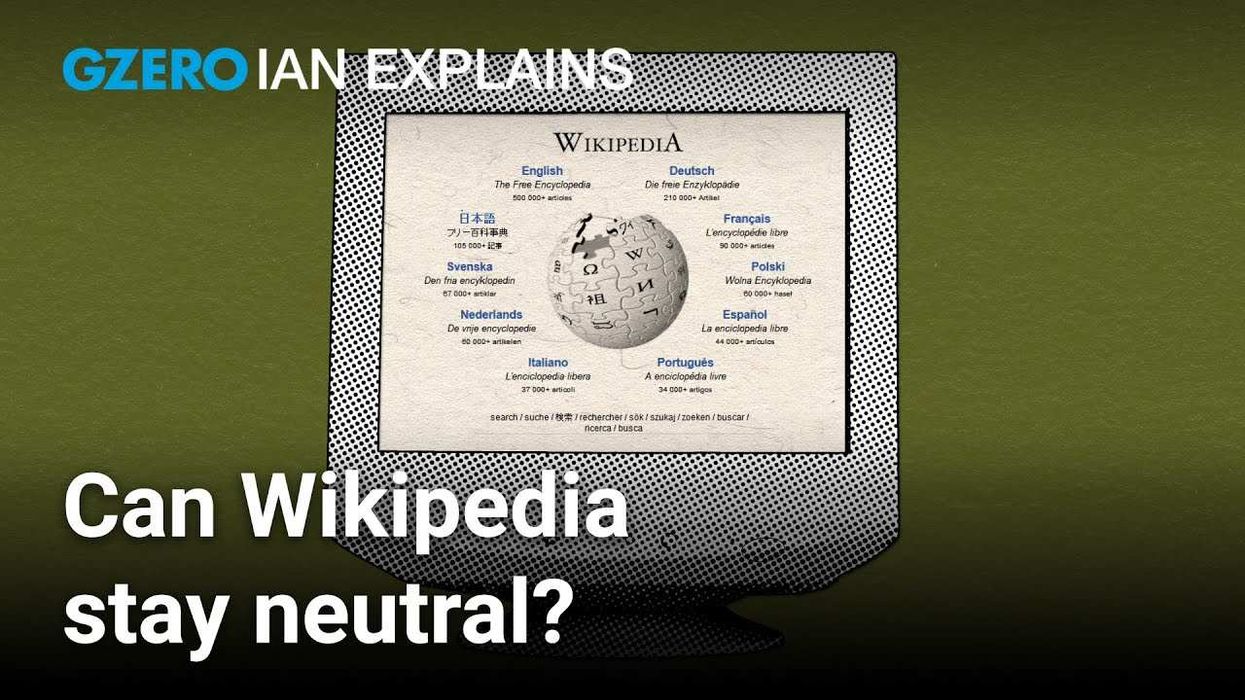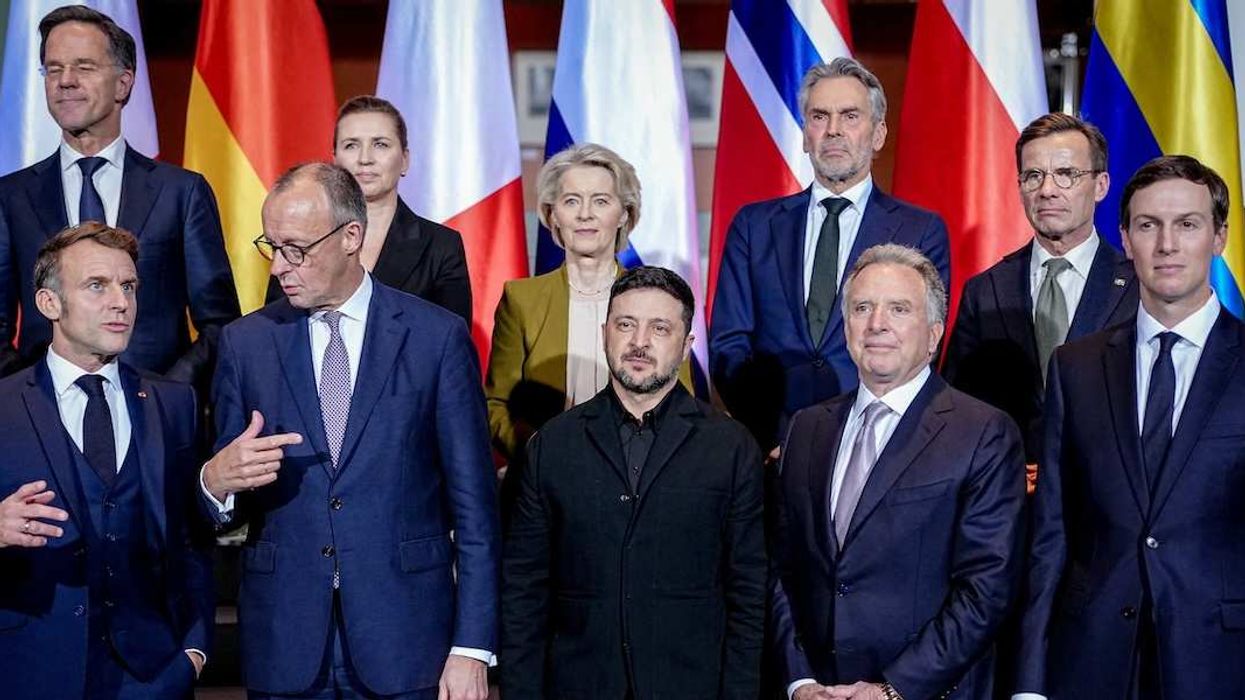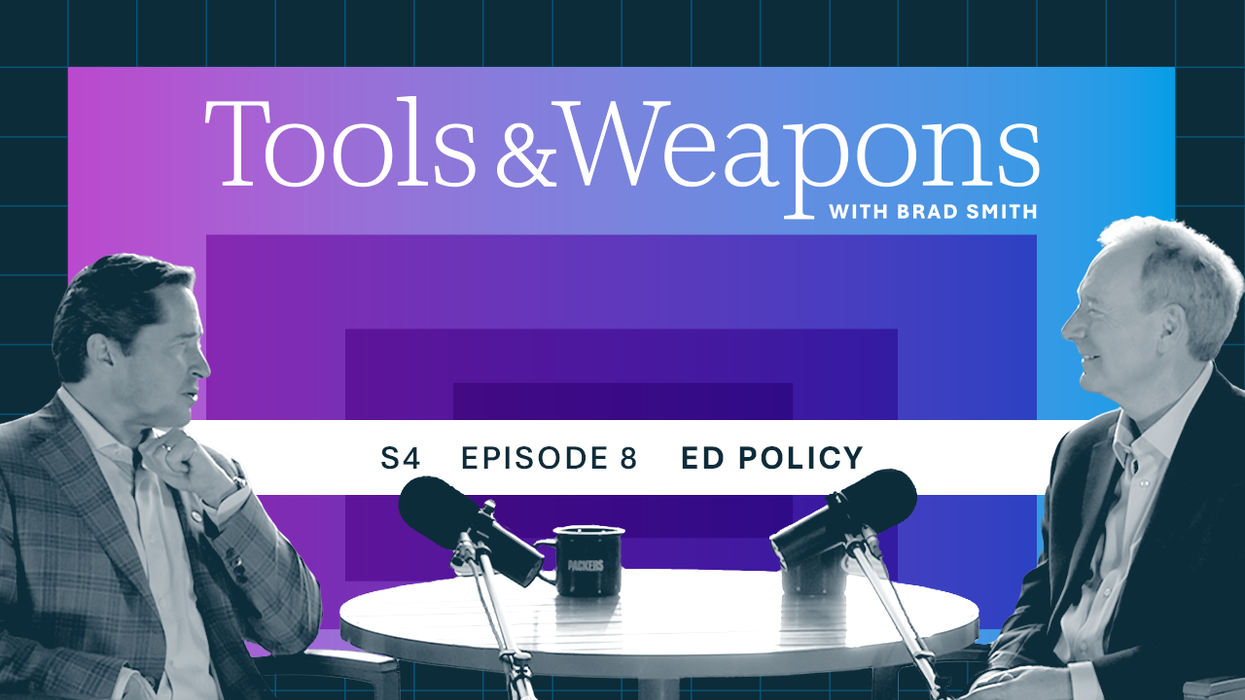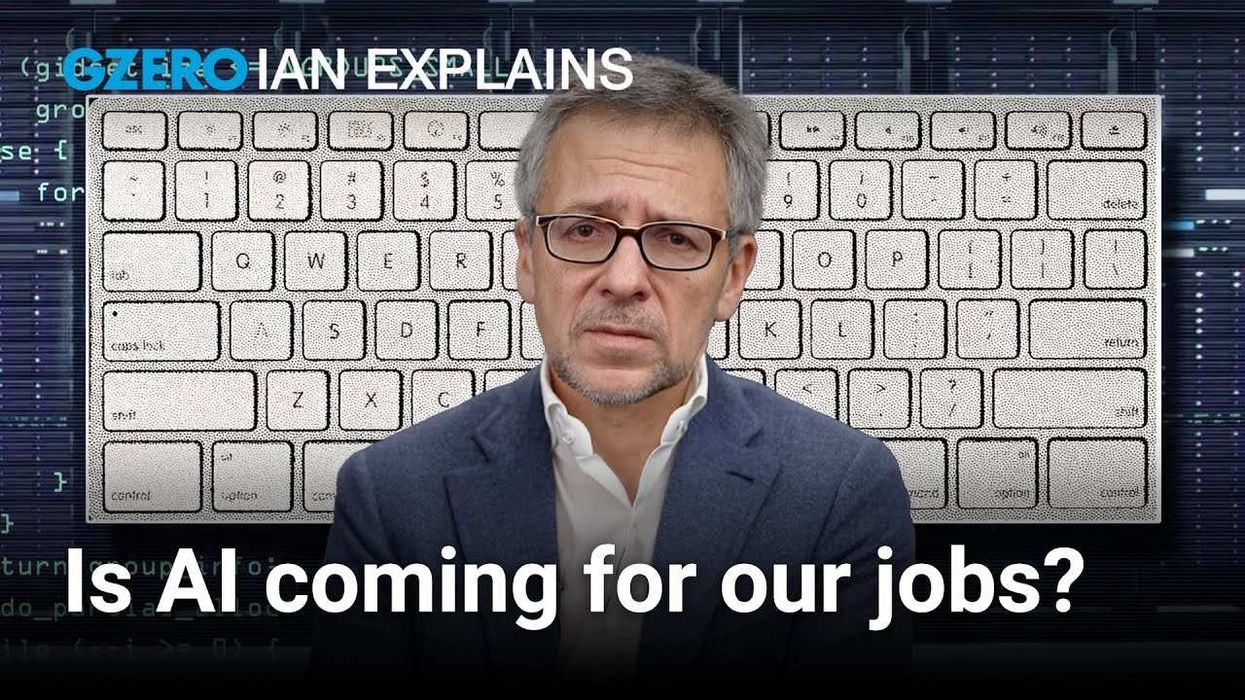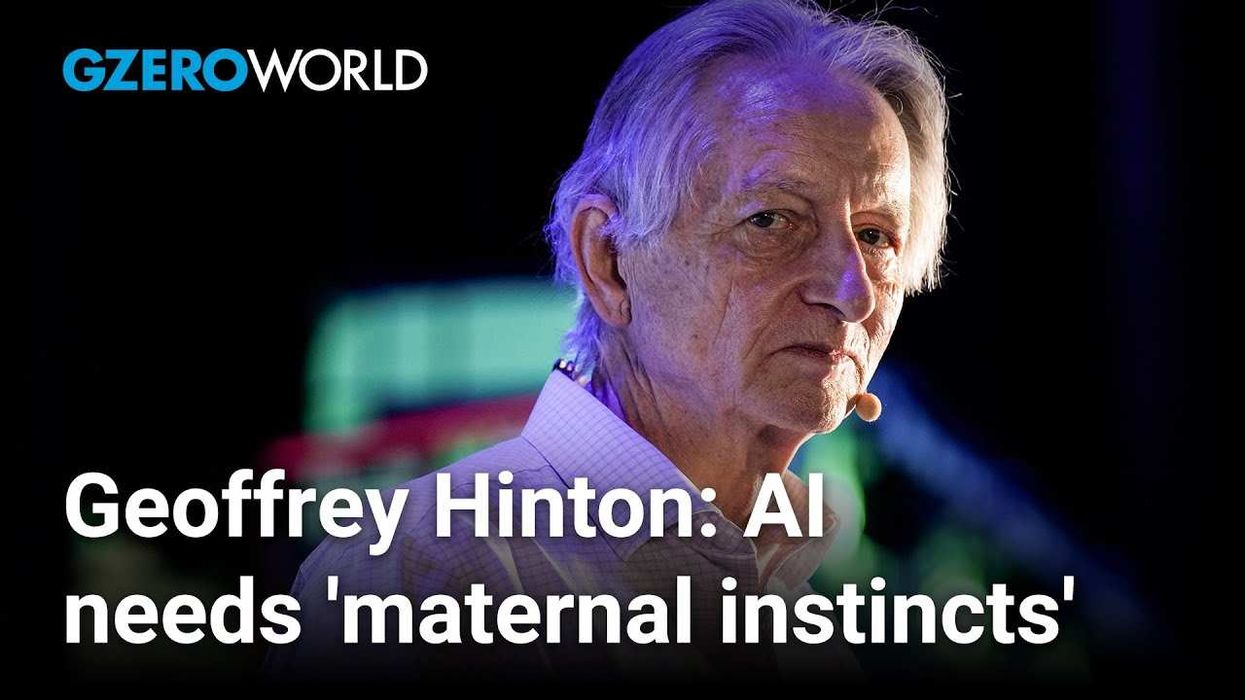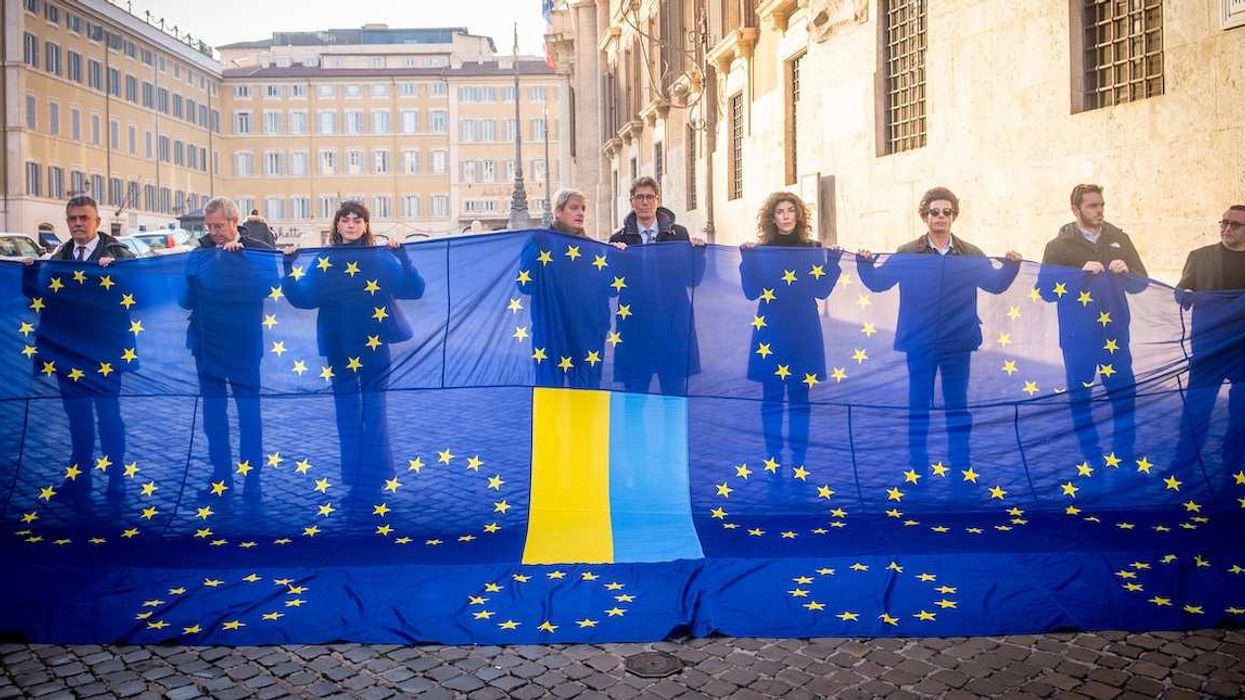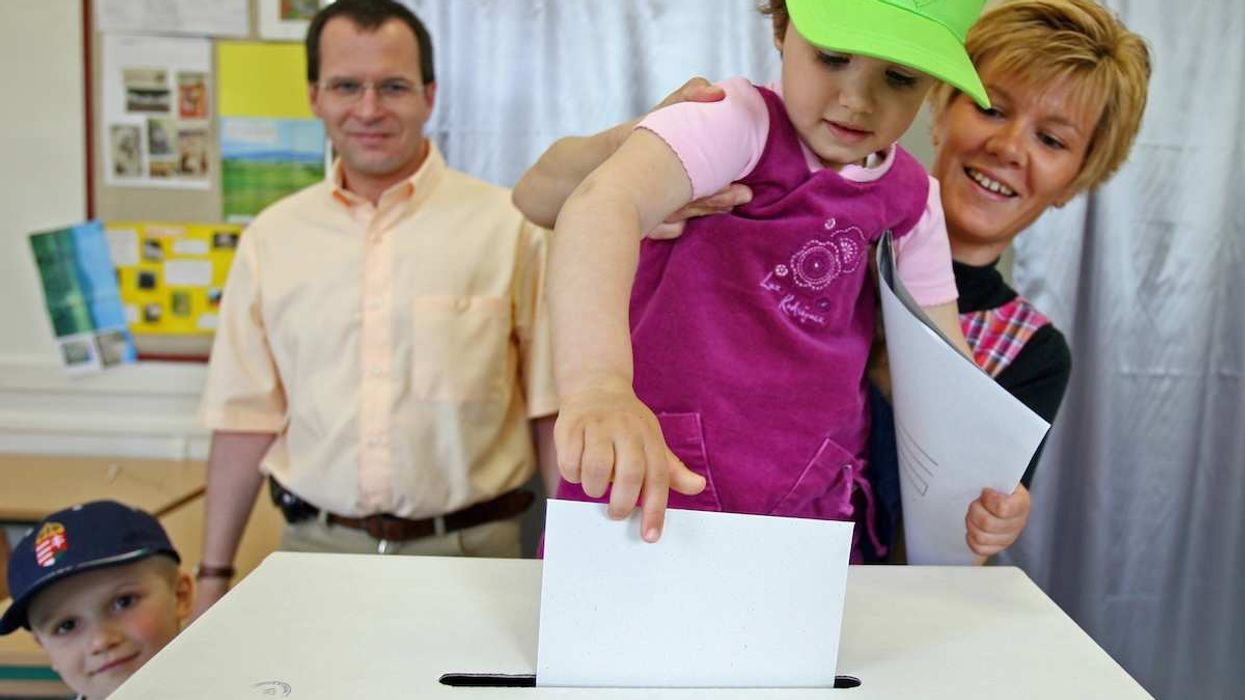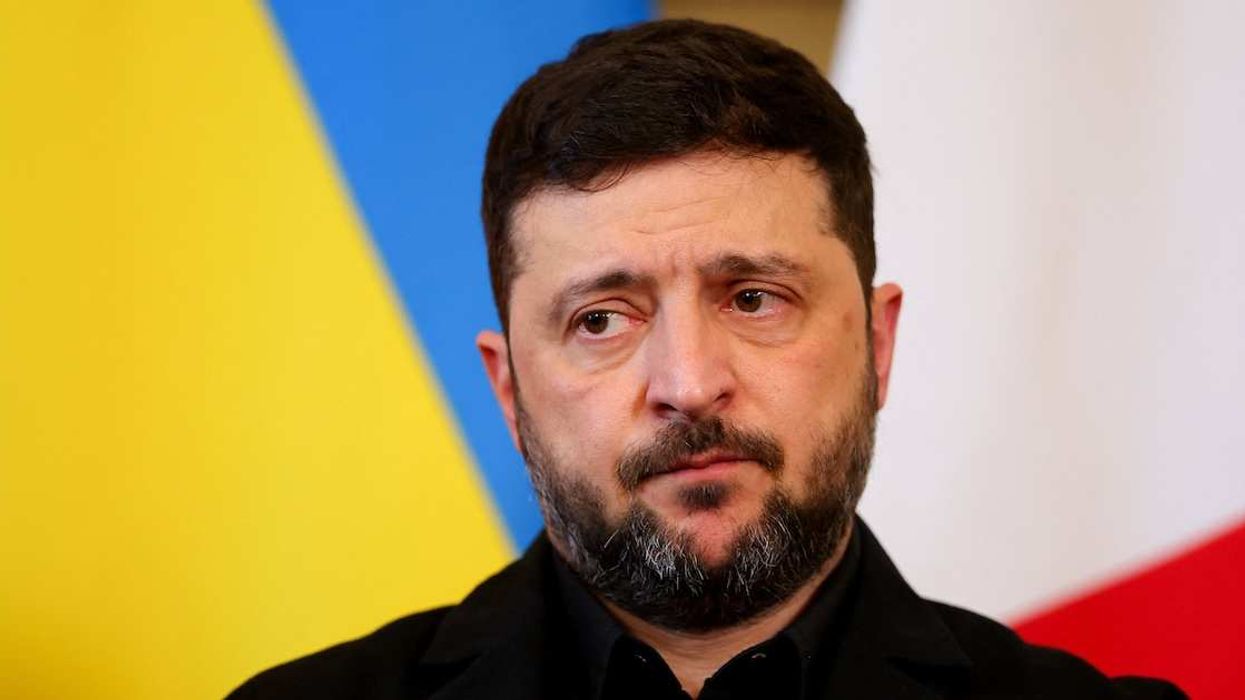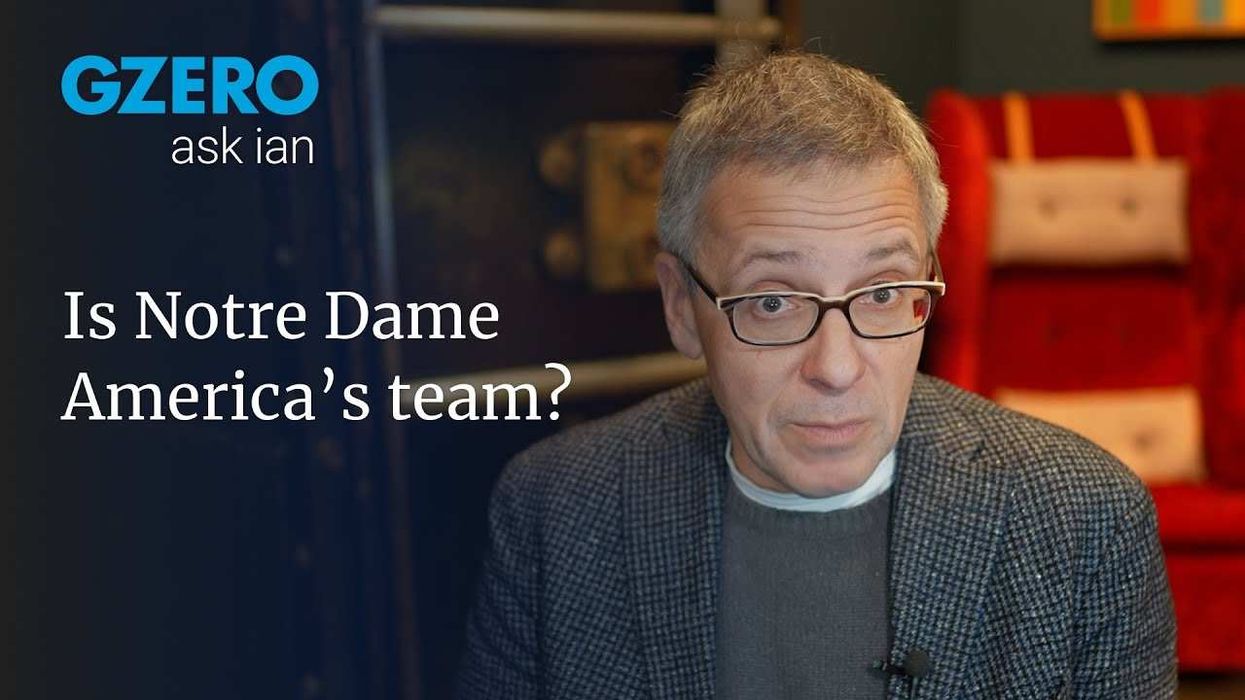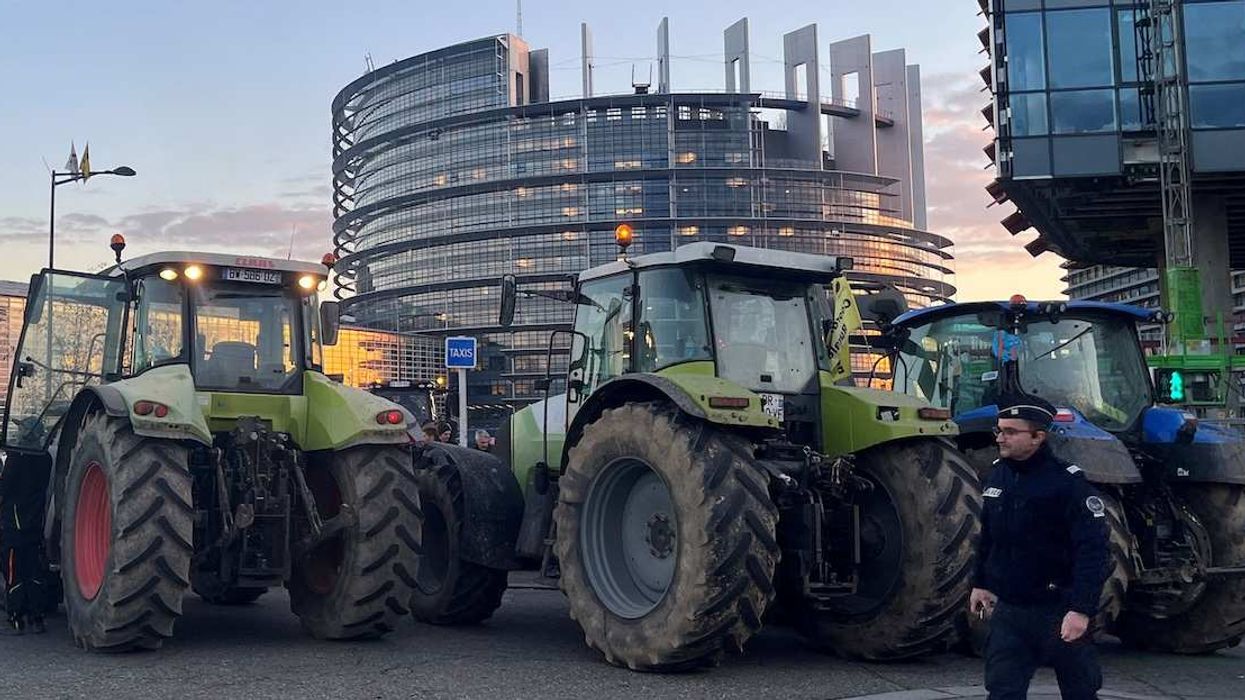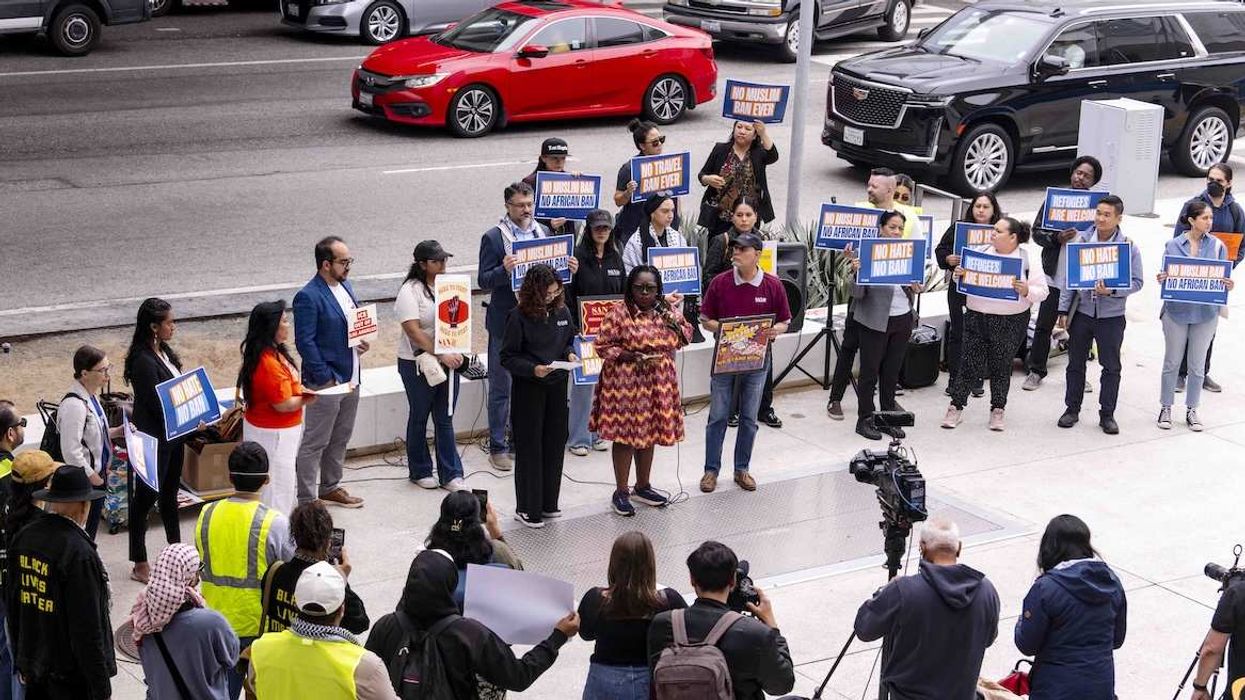Less than a week after a presidential candidate was shot on the campaign trail in Quito, Ecuador’s capital, another politician was assassinated on Tuesday in the northern province of Esmeralda.
Pedro Briones, a local leader of the Revolución Ciudadana Party, was killed by a gunman on Tuesday, though details about the attacker remain scarce.
This comes just days after Fernando Villavicencio, an anti-crime warrior, was shot and killed ahead of the presidential ballot on Aug. 20. What’s more, in recent weeks, Agustín Intriago, the mayor of Manta, Ecuador’s third largest city, was also assassinated.
While there doesn’t appear to be a direct connection between these events, together they demonstrate the depths of the gang-related crime problem sweeping the country – which now has one of the highest homicide rates in Latin America.
Looking ahead: The killing of Villavicencio is having a significant impact on the vote. While Luisa Gonzales of the progressive Citizen Revolution Movement is still ahead in the polls, her chances of winning outright in a first round (reaping 50% of the vote) are dropping fast as some voters appear to blame her party (which long clashed with Villavicencio) for her rival’s demise. A competitive runoff would likely be held in October.